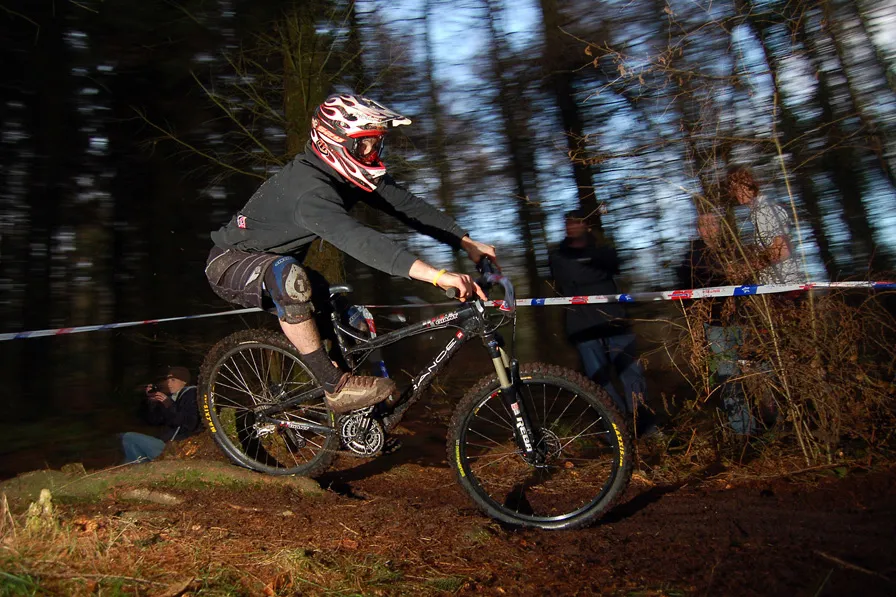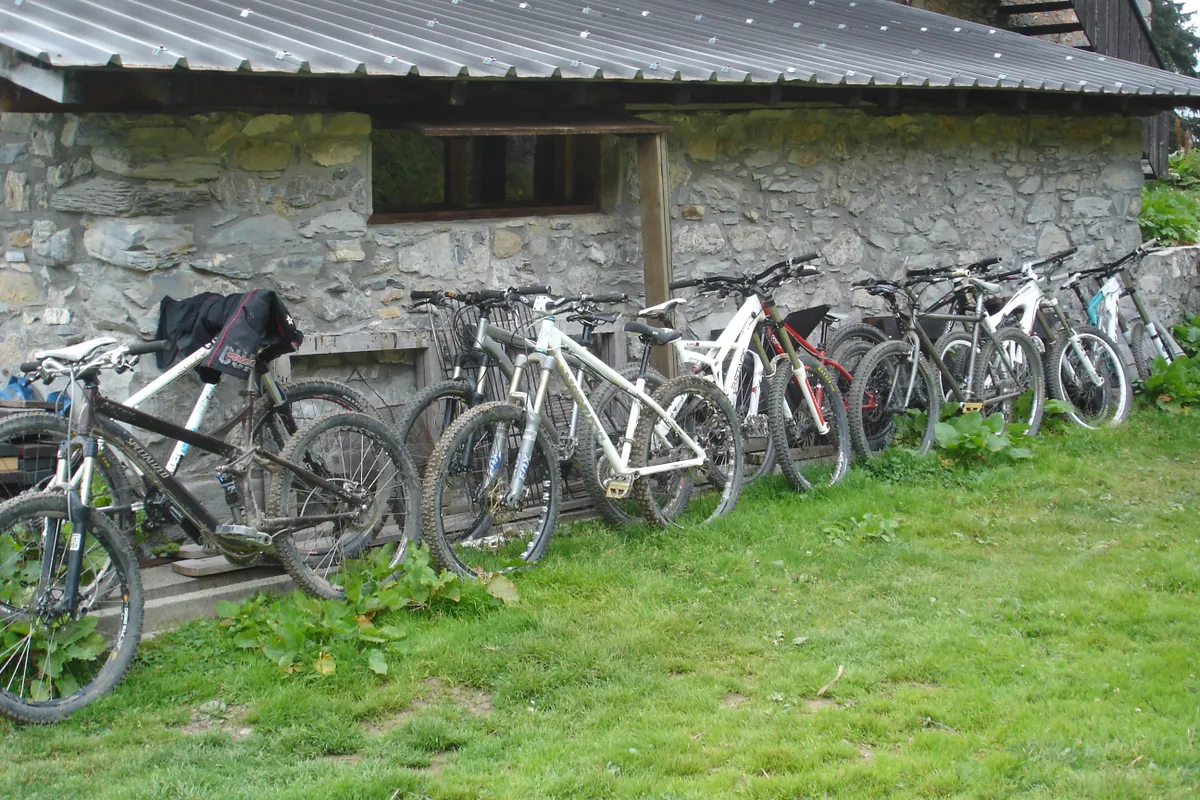While many topics are close to our hearts here at BikeRadar, giving out bike-buying advice has a truly special place.
And that could be helpful if today’s topic is causing you concern; does the expansion of bike genres into even more focused niches make your head spin, or are you laser-focused on what type of bike you want?
Maybe matching purchase expectations to reality is a daunting task. Or maybe you struggle to spot the differences between a top downcountry or cross-country bike. Perhaps you don’t know whether you want the best enduro or trail bike. If any of those problems sound familiar, we’ve got you covered.
Even if our advice is helpful, it still doesn’t change the fact that bike genres have been multiplying as rapidly as a colony of wild rabbits.
This amount of choice certainly fuels opinion here at BikeRadar, and our tech gurus Robin Weaver, Tom Law and Alex Evans got together to chime in with their takes.
Alex Evans: Which came first, rider needs or bikes we didn’t know we wanted?
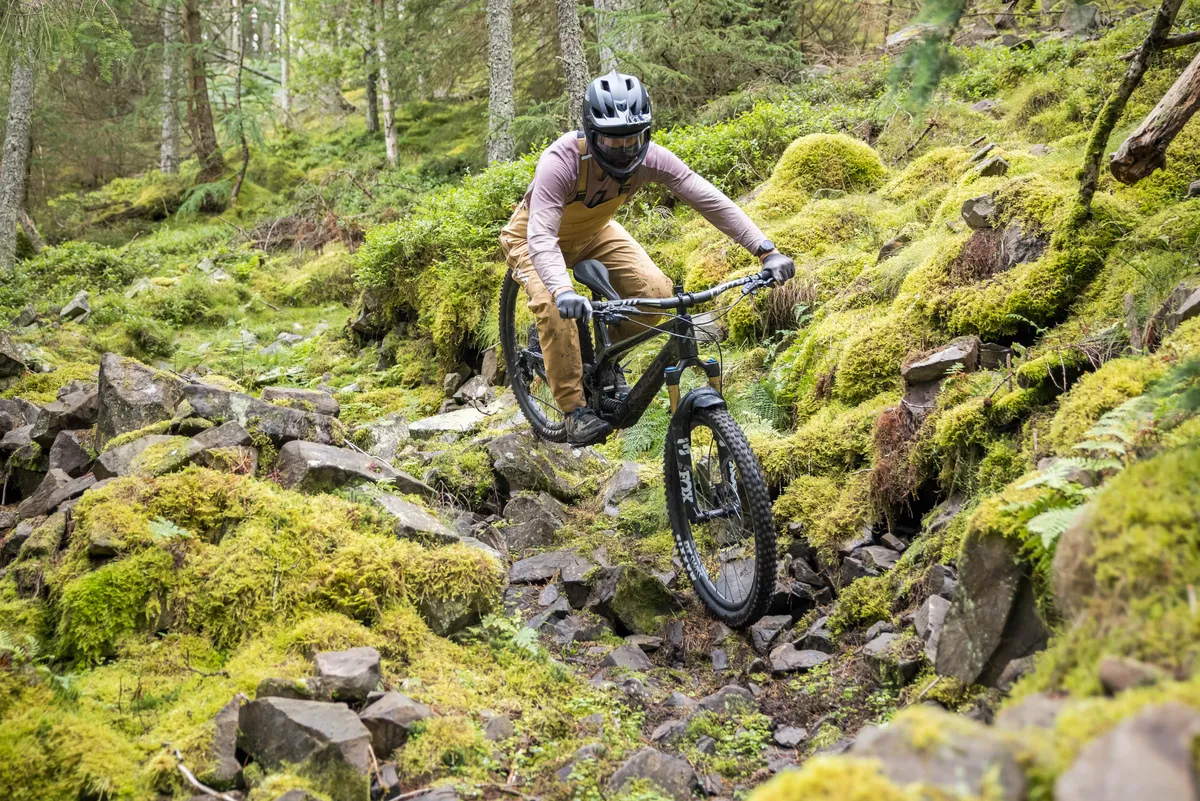
Some would argue the evolution of mountain biking has created the space and need for plenty of terrain- and rider-specific genres of bike.
Others would state categorically this raft of choice is industry-driven. By offering unique selling points – such as a sub-30lb trail bike with a 62-degree head angle capable of tackling downhill tracks – brands are able to sell more bikes, more easily.
The irrational cynic in me is inclined to agree, especially when there are mutterings of emerging categories such as upduro, downcross and freetrail, none of which have manifested in a bike you can buy… yet.
But which came first? Was it the proverbial chicken of riding discipline or the unhatched egg of bike type?
Indulge me for one second as I pop on my rose-tinted glasses to reminisce about a time gone by.
A more youthful and enthusiastic Alex was lucky enough to own four bikes.
Just like tech editor-in-chief Rob Weaver’s stable (more on that below), my road bike clunked grumpily down gravel tracks and my beloved Giant Trance XC bike was pushed to within an inch of its life on terrain way too gnarly for its intended purpose.
My jump bike would not only frequent the local skate park and dirt jumps, but also be cycled uncomfortably to the shops. My downhill bike took me on missions over field, mountain and doubletrack, amassing more miles than its gravity-focused form really should have allowed.
My desecration of bike genres was driven through necessity rather than desire. After all, how was I supposed to enjoy the multiple pleasures of cycling’s different disciplines (even back then) on the limited number of bikes a Saturday job salary could afford? Yet I wasn’t the only person pushing the limits of what bikes were able to do.

It turns out we were all exploring the edges of capability in the name of fun and adventure. And maybe that answers the cycling discipline diversification chicken and egg conundrum.
It certainly seems – to me at least – that rider demand has driven evolution, and the industry has responded dutifully to our desires. Clearly, in this example, the discipline chicken came way before the bike-type egg.
Because of that, we no longer have to go through the pain of taking inappropriate bikes on very niche rides.
I’m excited to see what the future of mountain biking looks like – driven by all our weird, wonderful and very specific needs.
Tom Law: Bikes are versatile, so why do we need more niches?
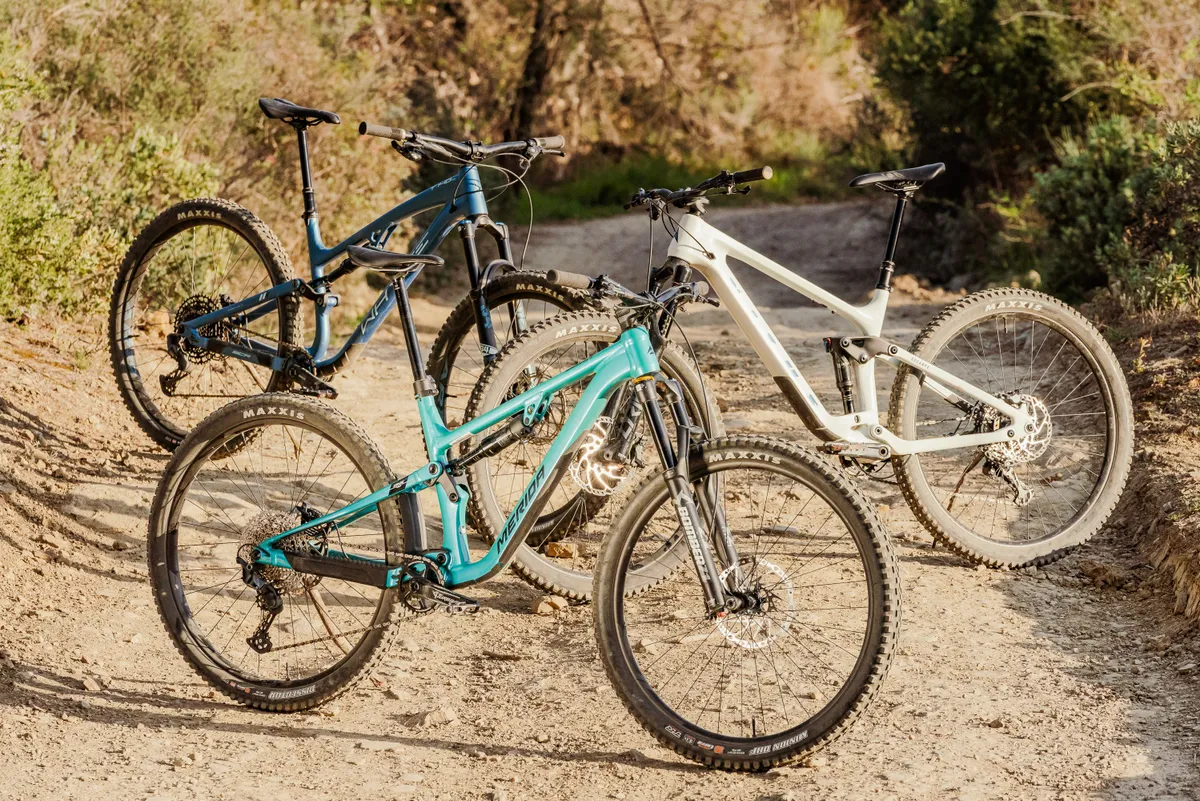
Ever slide into your favourite restaurant, sit down, peruse the menu and have so much choice you don’t know where to start? It’s infuriating when you feel so hungry and just want to eat.
So you take an age poring over the menu and finally get your food, only to realise what your buddy has would have been a way better choice. Now you have food envy. This is bad.
There are people, such as myself, who order the same thing every time. You know you’re going to be happy, full and satisfied with your choice.

You may be wondering how any of that nonsense is related to bike genres.
Well, I won’t be alone in thinking choosing a mountain bike today is like having too much choice at your favourite eatery.
You want an enduro bike, but it might be too much for some trails, or not enough for others. So you think about a trail bike and get the same conclusion but skewed slightly more the other way.
Then you consider downcountry bikes. But if you have a downcountry bike, you might want a downhill bike for bike-park days.
That journey can go round and round in circles.
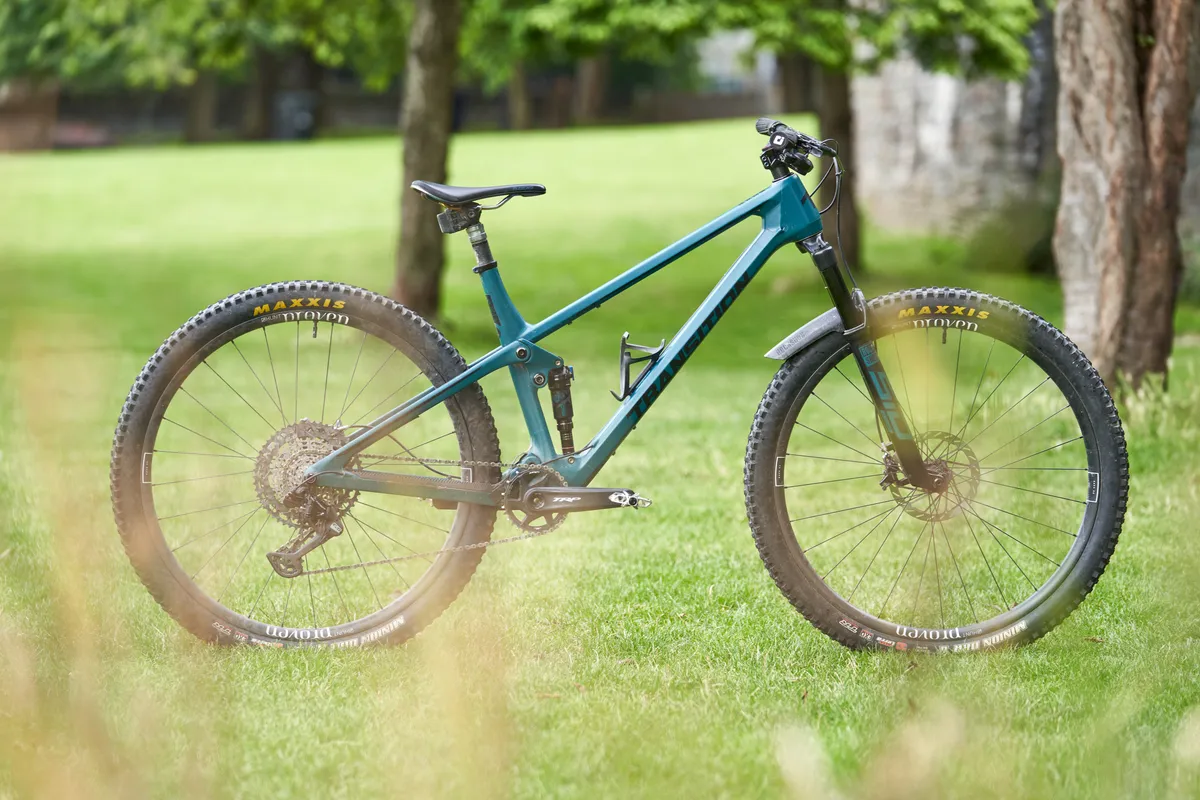
And that’s where I stand on the diversification of bike genres and niches.
Modern bikes are so good. Enduro bikes now are better than the downhill bikes of 10 years ago. The trail bike has never been more capable. Downcountry bikes blend cross-country speed with trail-bike brawn.
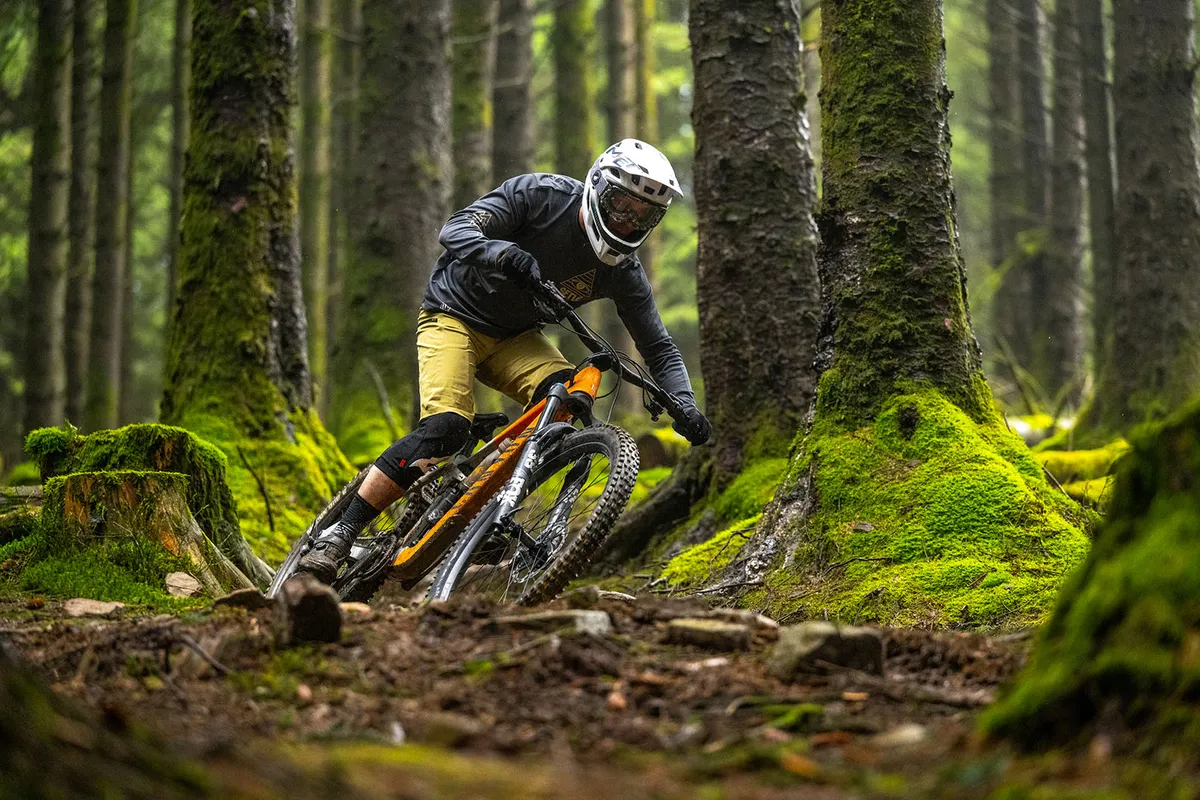
The truth is, as the number of genres and niches grows and the gaps between them get smaller, the bikes within that confusing mess are often exceptional.
Their quality and versatility can make it mind-numbing trying to wade through the marketing bumph of the latest 'slope-down-duro' bike, but that bike will be incredible to ride pretty much anywhere.
And despite the headache, I’d say that’s a good place to be.
Robin Weaver: Don’t be put off by all the categories – there’s a mountain bike for everyone
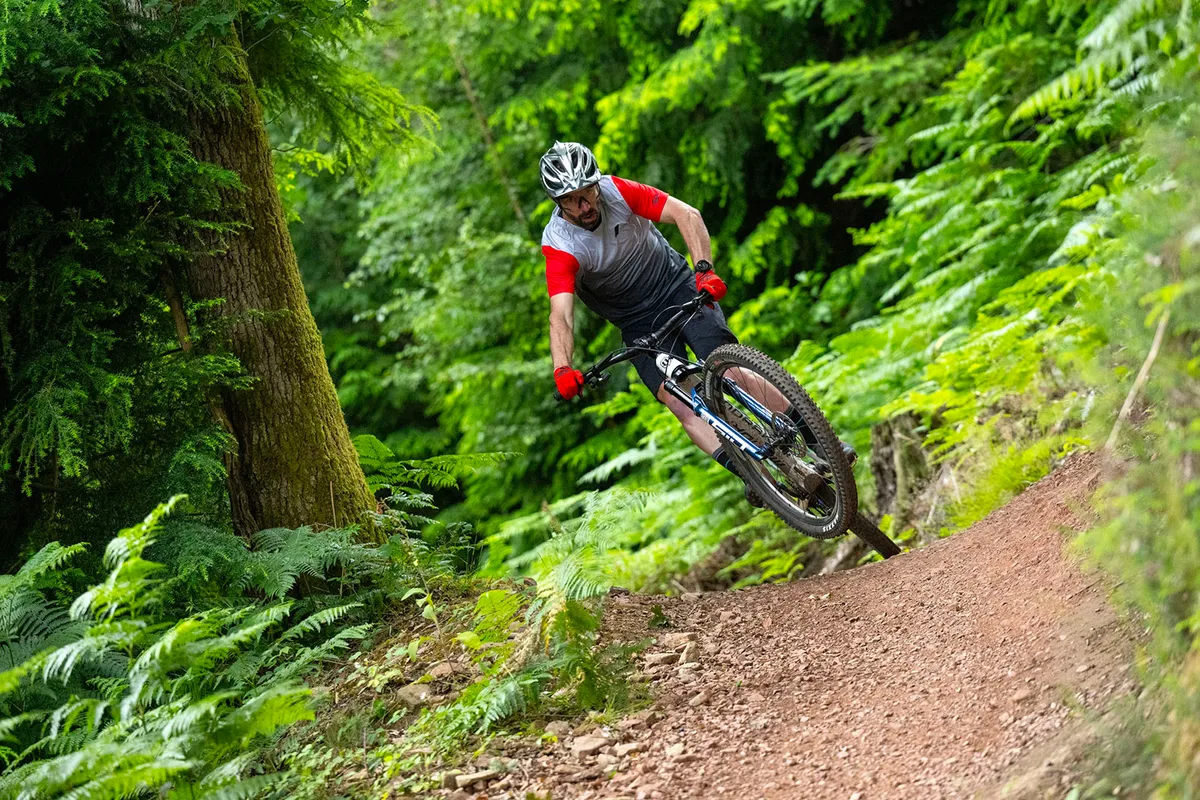
I get it. Pigeon-holing things can make life far simpler. Create categories and slot each bike into the most applicable one. It’s neat and tidy, and I can see the appeal.
But placing these theoretical constraints on bikes can be confusing and maybe even limiting.
Don’t get me wrong, there’s a reason we call a downhill bike a downhill bike – it’s designed for one job and one job only. The same can be said for an all-out cross-country rig.
Between these two category extremes, though, how we define a bike is a little more complex and open to interpretation.
When I was growing up and racing downhill, things were simple. I had a downhill bike for racing and a jump bike with a long enough seatpost and gears that I could use it for cross-country riding.
When I say cross-country riding, that included pedalling along singletrack, ripping turns in the woods and even heading to the dirt jumps (which, confusingly, we referred to as 'the trails').
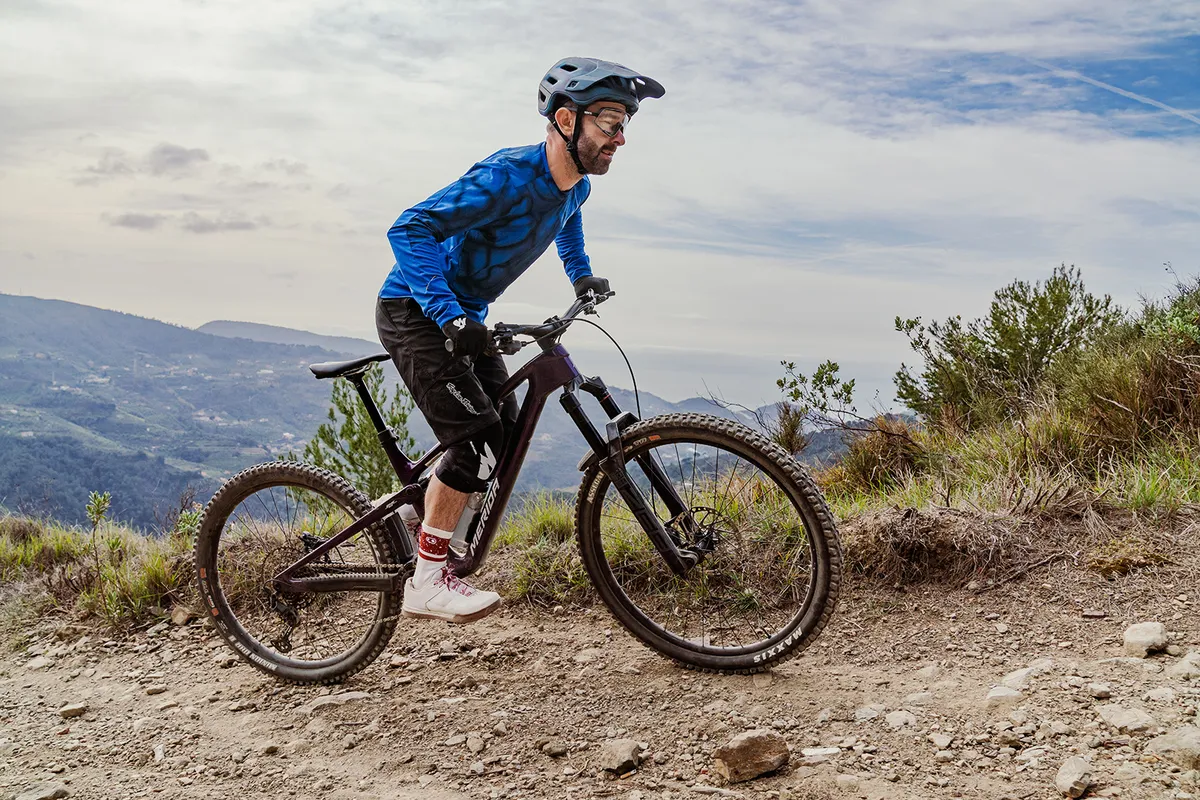
The void between downhill and cross-country has been filled since then.
We’re now at a point where we have downcountry bikes (burly cross-country bikes… or maybe lightweight trail bikes?), trail bikes, enduro bikes (bigger trail bikes), all-mountain bikes (these are the same as trail bikes… I think) and super-enduro bikes (even bigger trail bikes).
For a newbie, I can see how this is confusing, especially if you’re not even bothered about racing. What sort of bike do you need for just 'mountain biking'? And will it do everything you want it to?
For the most part, it’s the amount of suspension travel and geometry that defines which category a bike falls into (more or less). However, I feel, in this day and age, it shouldn’t be the overriding factor or put limits (within reason) on the riding you’ll do on any of these bikes.

Yes, some bikes will naturally lend themselves to certain types of riding better than others. But if you’re not racing, looking to optimise performance or make all the gains possible, there’s no reason why you can’t take your enduro bike on an all-day trail epic or slither down some technical descents on your short-travel downcountry machine.
They might not be suited perfectly to these types of rides, but the bikes on offer are more than capable and will likely fare better than you might have been led to believe.
My point here is bikes are so good now, the categories given to them aren’t the be-all and end-all of what you can do on them. Use these categories as a guideline but don’t be afraid to slide along that category spectrum, riding whatever takes your fancy.
